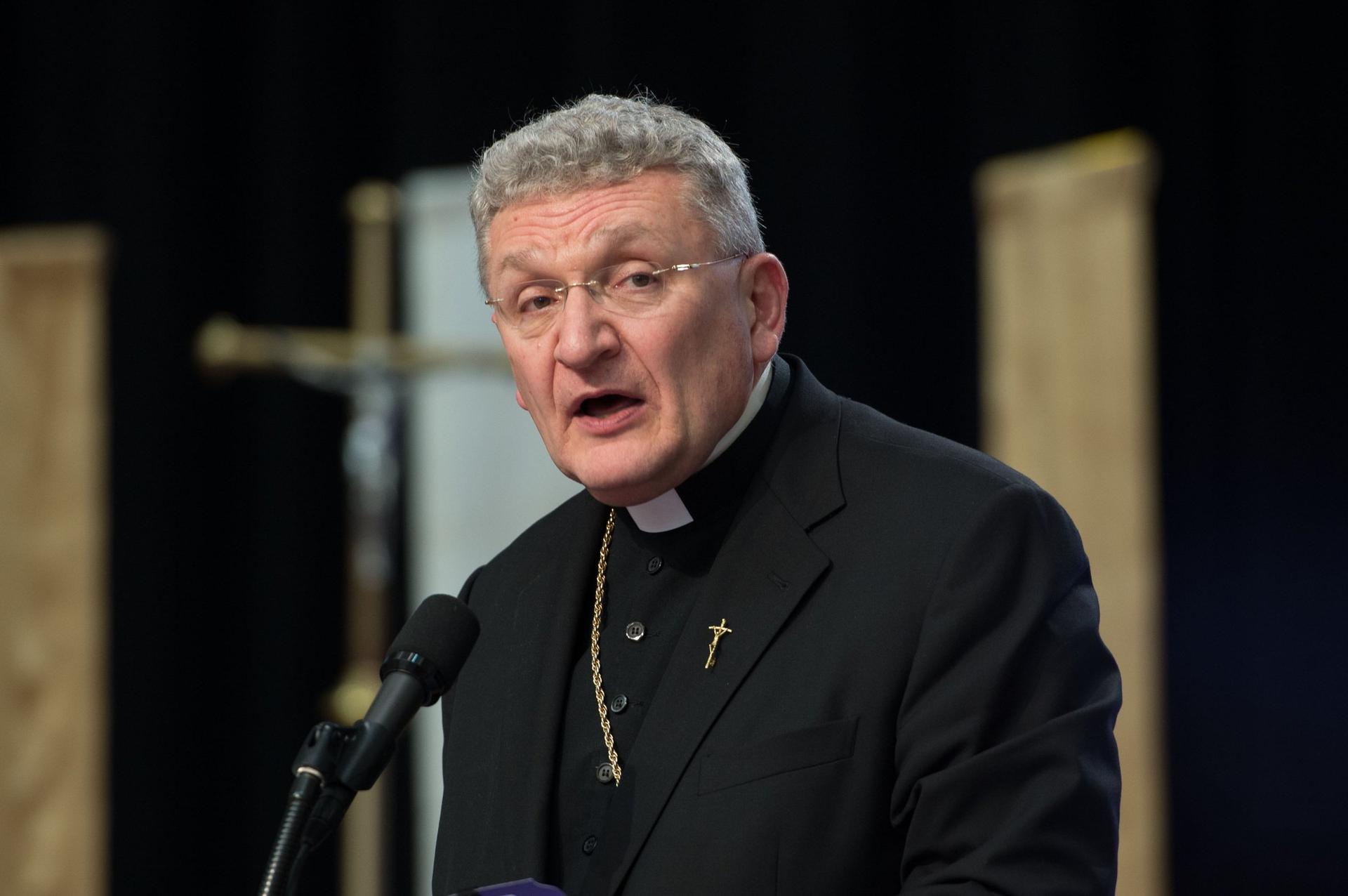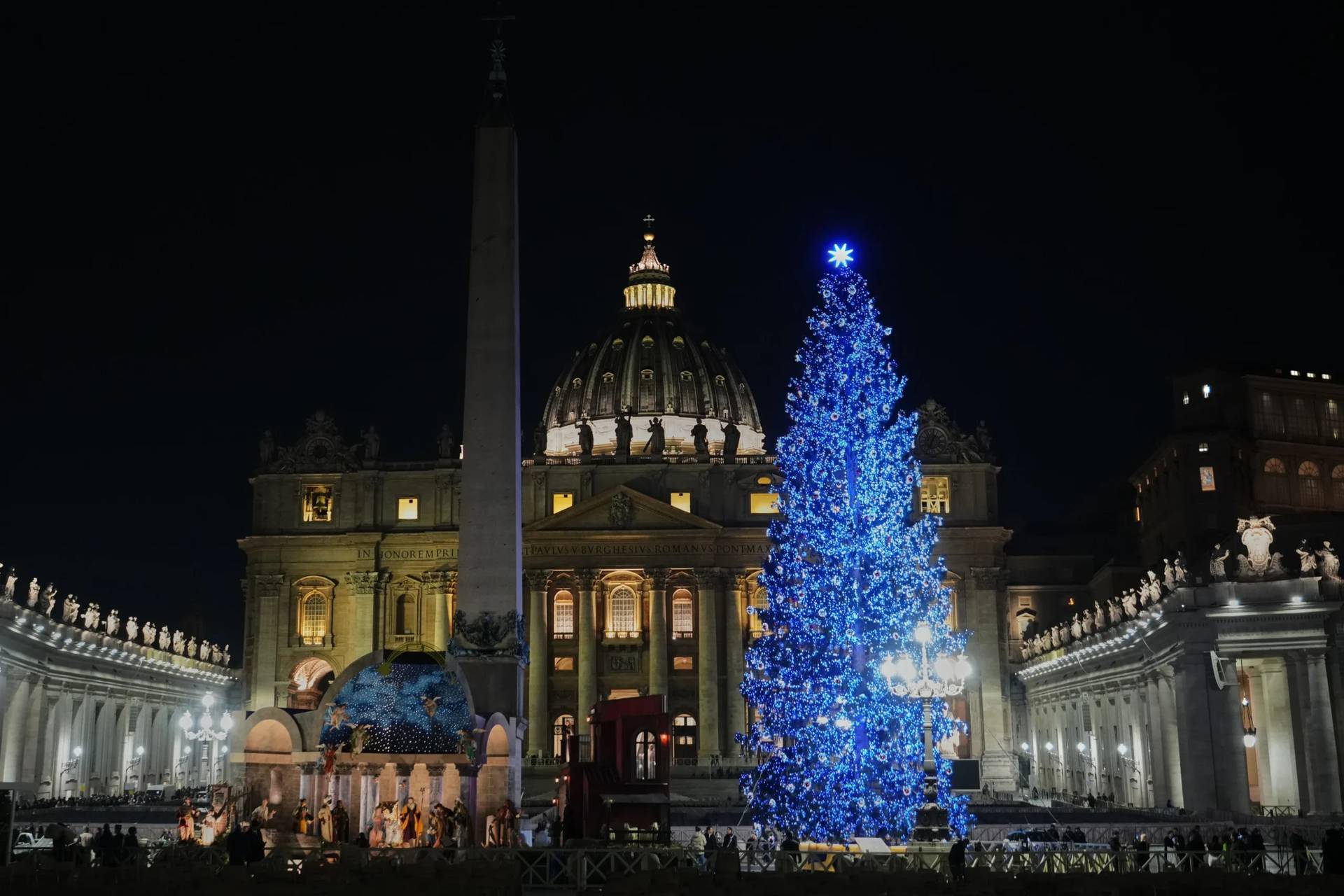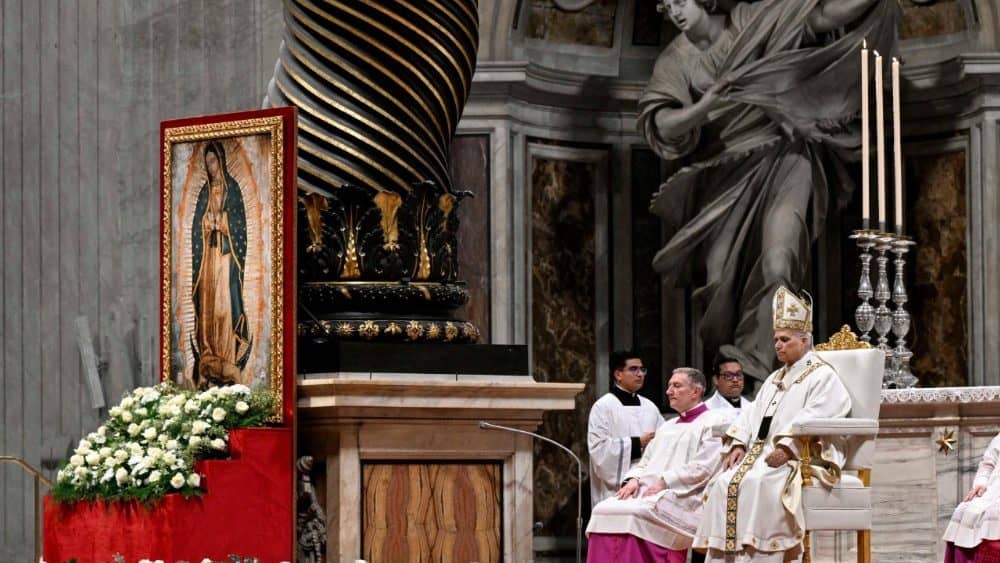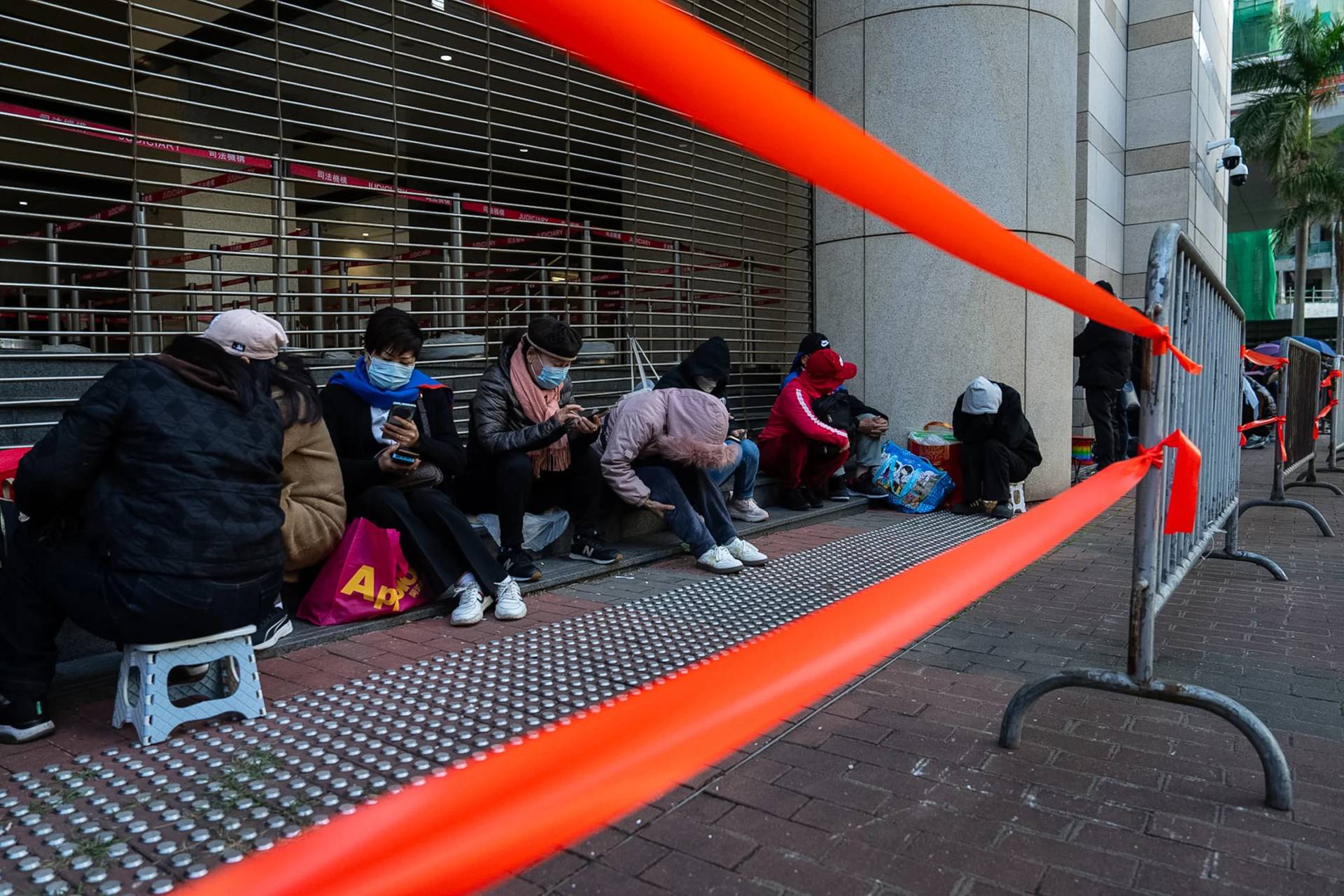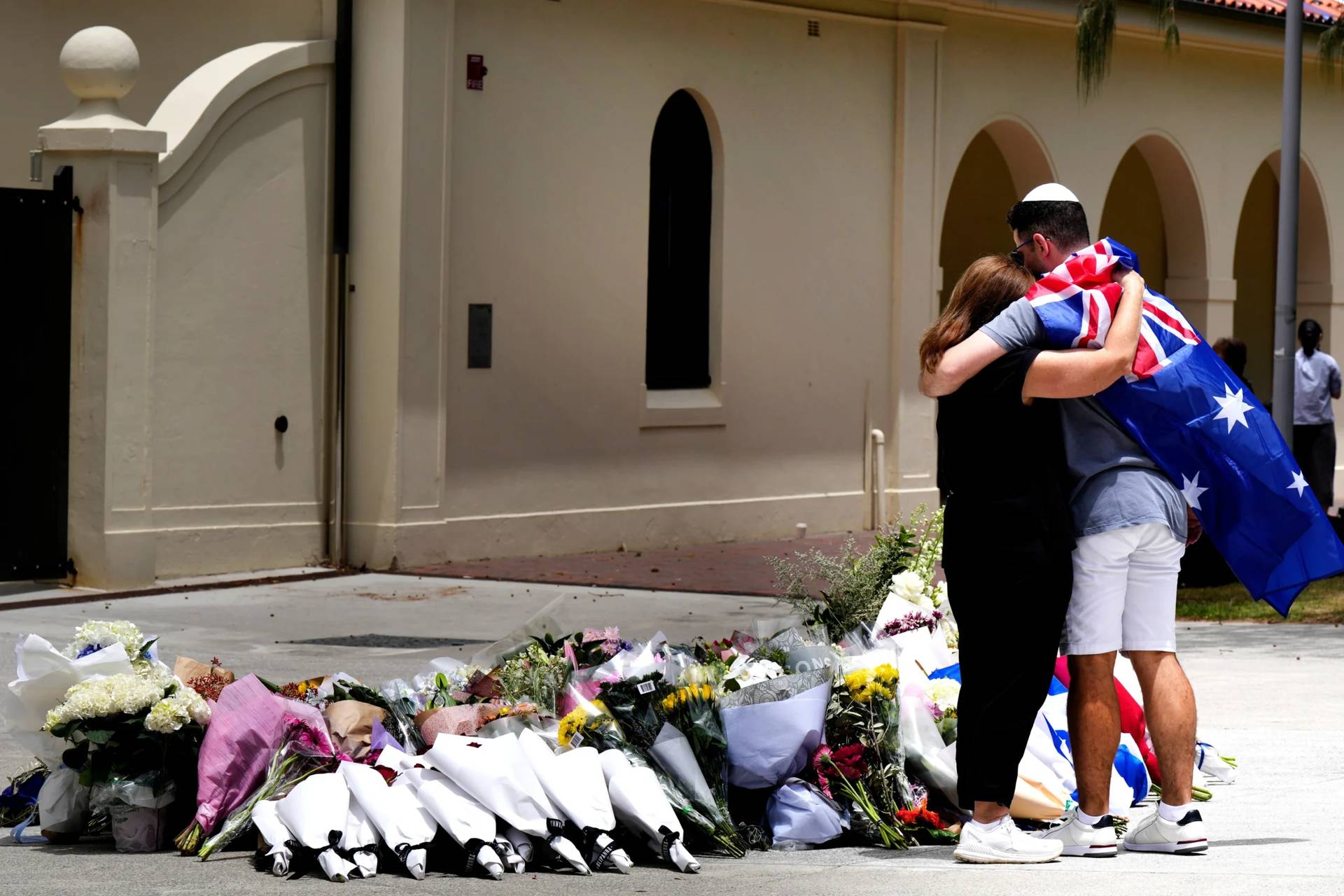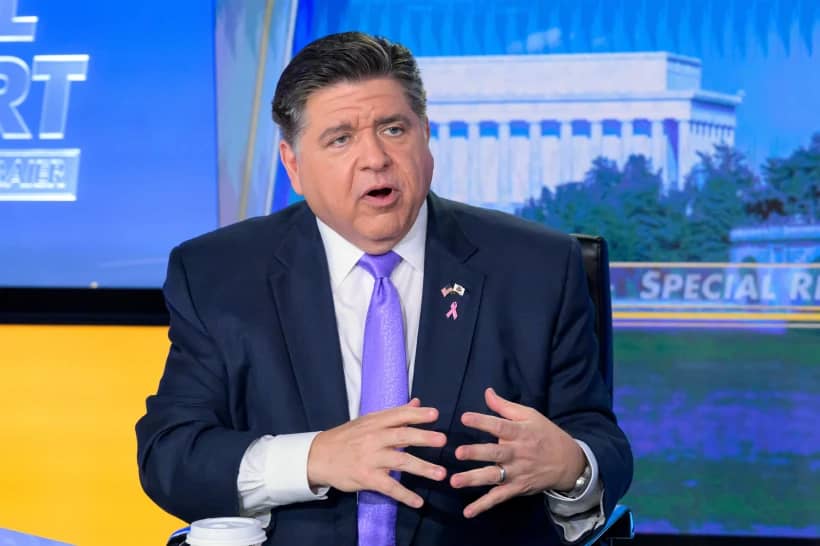PITTSBURGH — It was a year ago this weekend that Unity Baptist Church in Braddock held its last in-person Sunday worship service before widespread shutdowns began due to the spreading COVID-19 pandemic.
Its members still haven’t been back together in person.
“There’s the old saying, ‘necessity is the mother of invention,’” said its pastor, the Rev. Richard Wingfield. The church quickly ramped up its livestreaming and other online activities. “It really pushed us to this dimension in ministry that I believe is what the church ought to be doing.”
Last March brought the most comprehensive shutdown of worship gatherings, and just about every other public gathering, since the 1918 influenza pandemic. Many congregations have reopened at least partially, but many others remain online-only.
Representatives from Tree of Life, the Catholic Diocese of Pittsburgh, the Hindu-Jain Temple of Monroeville — among other faiths — offered prayers and words of encouragement and comfort for those in mourning of loved ones lost or reeling from the effects of the pandemic.
With vaccinations ramping up, many hope for a full return soon. But it’s been a trying year in many ways, according to a sampling of congregational leaders from various religious traditions.
The year has seen an outburst of creativity — including an unprecedented boom in online religion. Even during lockdowns, religious groups were offering everything from drive-through prayers, to outdoor confessions, to rooftop blasts of the shofar at the start of the Jewish new year.
Wingfield’s church hopes to have an outdoor, in-person Easter gathering, but for now he still preaches into a camera on Sundays. Most of the other churches in the Allegheny Union Baptist Association, of which he is moderator, are also still meeting remotely, he said.
“The African-American church is known for its call-response dynamic,” Wingfield said. “When you’re preaching to an empty sanctuary, it’s a whole different ballgame.” But he’s adapting: “You preach for results, not for response.”
Congregations are reaching people far beyond state lines. Wingfield estimates twice as many people are tuning in now as were attending in person, some of them from faraway states who have some connection to the church.
East Liberty Presbyterian Church recently welcomed new members from Florida and Texas.
A McKean County pastor got a 3 a.m. call from a young man from St. Louis and prayed with the caller, who had somehow happened upon his church’s online devotional and was seeking guidance.
At the Hindu Jain Temple in Monroeville, priests livestreamed their daily rituals during the shutdown, and they are still doing so now that devotees are able to return, said Mina Patel, the temple’s office manager.
“We found people who were not staying in touch before the pandemic,” such as devotees who had moved away from Pittsburgh, she said. “They are now staying in touch.”
Congregations have responded to vast needs with food and clothing drives, but pastors and others lament that they haven’t been at the bedsides of the sick and dying due to pandemic protocols.
“We have lost important members of our communities and have not been able to say goodbye in the way we are used to doing,” said the Rev. Liddy Barlow, executive minister of the ecumenical group Christian Associates of Southwest Pennsylvania.
The economic crash of last spring prompted major worries about congregational finances, especially with fewer opportunities to pass the offering plate.
But many congregations adapted to online giving, and with the economic recovery and the fact that congregations were eligible for the Paycheck Protection Program, for many that crisis has passed. Still there were some longer-term impacts. The newspaper of the Catholic Diocese of Pittsburgh stopped printing its publication, which had been distributed in parishes, and is now entirely an online publication.
Clergy struggles
Clergy trained in exegesis rather than epidemiology are finding themselves in no-win debates among congregants divided along the same cultural and political fault lines as the nation overall, such as when and how to reopen, and whether to require masks. And this happened in a time of racial reckonings, protests and a polarizing election.
“There’s no pastor I know who’s not struggling, but they’re struggling at different levels,” said Graham Standish, executive director of Samaritan Counseling, Guiding, Consulting, which has licensed counselors throughout the region. Many pastors are “way too professional, way too good at what they do, to let the congregation know they’re struggling behind the scenes,” said Mr. Standish, who also directs Samaritan’s Caring for Clergy and Congregations program.
Some are energized by the challenges, but others are stressed and wondering “whether they’re going to stay in ministry,” he said. He holds a weekly online worship service for pastors to help them cope.
There’s likely no going back to whatever “normal” was before the pandemic.
“No church knows what its membership is anymore,” said Mr. Standish. “In all churches there has been a loss of members, but they don’t know who they’ve lost yet.” Some have “left secretly,” he said, finding a congregation that aligns with their views.
The shutdown has a familiar feel for Ebenezer Baptist Church in the Hill District, said the Rev. Vincent Campbell, its senior pastor.
“It’s like we’ve just been dispersed and scattered,” he said. The congregation experienced that once before, when a fire destroyed their sanctuary several years ago. It has been rebuilt, and he hopes that sets an example.
“Thankfully the core remained in place, and the church grew,” he said.
The church has rapidly expanded the numbers of hot meals, food and toiletry deliveries and other services during the pandemic. It’s also changed the way it does deliveries.
Before, the church would assemble standard care packages for the needy and hope there would be useful items for each person. Now it uses Shopify, so each recipient can place an order from available items and pick up the package at the church. That way, depending on the need, the package could have supplies for infants, the elderly or others.
Campbell used to direct field education for seminarians at Vanderbilt University Divinity School. If he could go back in time, “I would be telling my students and myself when I was a student to pay attention to technology,” he said. “We had no idea how much technology would come to bear on congregations.”
Pastor Eric Ewell of Divine Restoration Church of God in Christ in Duquesne said his church, too, had responded with a combination of expanding online ministry while maintaining what has already been a staple of its ministry, providing food assistance and other social outreaches.
“For us, it wasn’t, ‘Oh, no, we’re not going to see them, how are we going to minister?’ For us it wasn’t a departure from what we typically do,” he said.
Some regrets
Looking back over the past year, some clergy are ruing their early decisions.
Congregation Shaare Torah briefly shut down last spring, and “it’s something I consider a personal and professional failing that I allowed it to occur,” said Rabbi Daniel Wasserman.
“Our facility here and the procedures we had in effect before the shutdown were fine, even with what little we knew a year ago.” That included only allowing a small number of worshipers in its vast sanctuary, with regularly sanitizing and other measures. But at the time, the consensus of expert advice was to close down.
But he said a synagogue serves as a beacon of hope, and it’s important to have a “holy routine” that includes early-morning and evening prayer services daily.
“As an individual Jew, yeah, I can pray to God by myself. However, there is a totally different stratosphere of communal prayer, and prayer in a place that is sanctified as God’s house,” he said. “That doesn’t mean you don’t throw caution to the wind or do anything you want.”
Now, he said, there’s “nothing I can do but try to get as many as I can back to God’s house safely, carefully, smartly.”
A year of disruptions
The rapidly spreading coronavirus began to disrupt local religious activities even before the World Health Organization officially declared a pandemic on March 11, 2020.
By early March 2020, worshipers of various faiths were curtailing routine, tactile parts of worship — not sharing a chalice, shaking hands or kissing holy objects.
By late in the month, virtually all churches, mosques, synagogues and temples had closed to in-person worship.
“It was so painful” to shut down last spring, but based on what was known of the disease at the time and the advice from public officials, it was “in the best interest of keeping people safe,” said Bishop David Zubik of the Catholic Diocese of Pittsburgh.
He said he was impressed at how quickly parishes adapted to virtual worship and how volunteers mobilized to reopen churches in the coming months, signing up for regular sanitizing and other duties.
Catholic churches in the diocese reopened weeks later and are now open at 50 percent capacity, with the attendance obligation still waived. Fish fries are takeout only now.
Zubik said he believes more and more people are confident about returning, citing large turnouts for Ash Wednesday services and Lenten devotions.
“People are very careful about the masks, about the social distancing,” he said. “People are feeling safer but also expressing hunger to come back to church.”
For others, “the concern I have is people don’t lose a sense of coming to celebrate our faith in person,” Zubik said.
Father Paul Abernathy of St. Moses the Black Orthodox Church in the Hill District echoed the thought.
“It’s important not only to pray but to pray corporately,” he said. The church has physically distanced worship on Sundays and at regular times on weekdays. He remains concerned about “how we include those folks who have been seeking — not members of the church but those people who don’t have spiritual care in their life.”
Among United Methodists, “we’ve had to do a lot of grief work over the past year,” said Bishop Cynthia Moore-Koikoi of the Western Pennsylvania Conference.
“We have mourned the loss of many things, the first one being the loss of loved ones,” she said.
But this also “has been a time where we’ve been able to see the resilience of the people, and the ways ministry has broken through.”
One such case occurred when the Rev. Calvin Cook’s phone rang at 3 o’clock one morning. The pastor at Kane First United Methodist Church in McKean County, he’s also a volunteer health-care chaplain, so the wee-hour call wasn’t surprising.
But the source was.
“It was a young man from St. Louis,” Cook said. He had found an online devotional Bible reading posted by the church. It “touched his heart and started him to question his faith,” Rev. Cook said.
They spent about an hour on the phone, and he prayed with the man, encouraged him to connect with a local church and did his best to “answer his questions and assure him God loves him.”
Moore-Koikoi said such experiences are encouraging, but she knows many pastors are “feeling inadequate.”
Even when they’re doing their best, “there’s nothing I can do to lessen that pain and make it go away.” They often deal with conflict “over how we keep people safe in our church buildings. The divisions you’ve seen played out politically have played out in our churches.”
East Liberty Presbyterian Church regularly livestreams its worship services ranging from traditional Sunday liturgies to contemplative “Taize” services on Wednesday evenings.
But with limits on worship and on visitations, pastors are spending a lot more time on technology, sanitation protocols and other administrative duties rather than human contacts.
“It doesn’t feed the soul the same way as a pastor,” said the Rev. Randall Bush, senior pastor at East Liberty Presbyterian. “I gain a lot from those conversations one-to-one with members, celebrating births and seeing them in the hospital.”
He’s encouraged by the vaccinations and other progress. “It’s been longer than any of us imagined, but we’ve also learned more about each other and about the things that make our church better.”
Even amid optimism over vaccinations and other progress, the victory lap over COVID-19 may be a long one.
“When the pandemic first started, we all imagined there would be a Sunday when we all came back and it was normal,” said Barlow, of Christian Associates. “It became very clear this is not how this ends. The endgame is very slow. It involves an ongoing and exhausting risk assessment, which none of us are well-equipped to do.”
